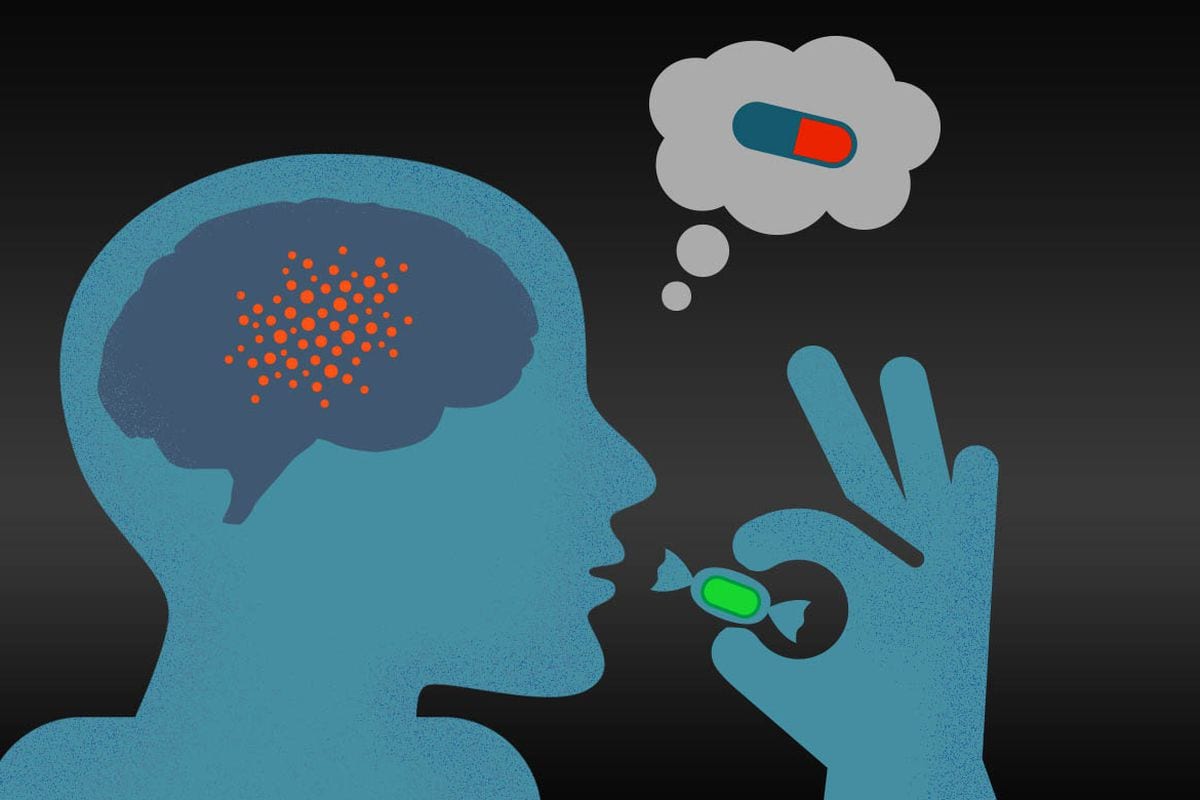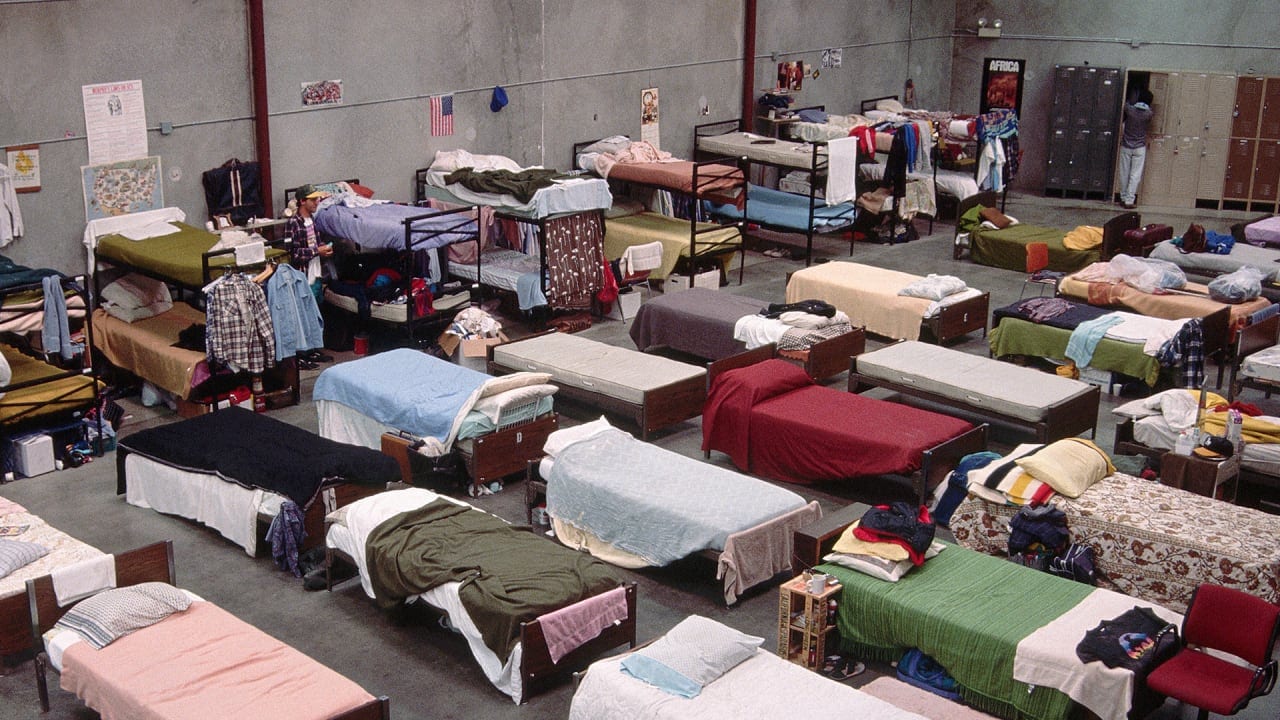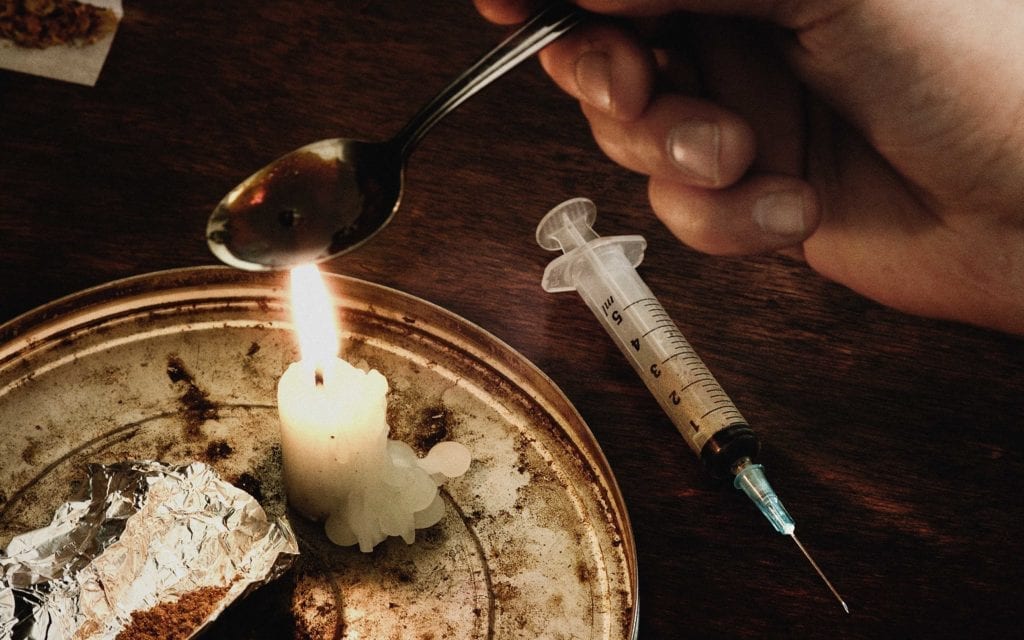 Technology
Technology  Technology
Technology  Humans
Humans 10 Everyday Human Behaviors That Are Actually Survival Instincts
 Animals
Animals 10 Animals That Humiliated and Harmed Historical Leaders
 History
History 10 Most Influential Protests in Modern History
 Creepy
Creepy 10 More Representations of Death from Myth, Legend, and Folktale
 Technology
Technology 10 Scientific Breakthroughs of 2025 That’ll Change Everything
 Our World
Our World 10 Ways Icelandic Culture Makes Other Countries Look Boring
 Misconceptions
Misconceptions 10 Common Misconceptions About the Victorian Era
 Mysteries
Mysteries 10 Strange Unexplained Mysteries of 2025
 Miscellaneous
Miscellaneous 10 of History’s Most Bell-Ringing Finishing Moves
 Technology
Technology Top 10 Everyday Tech Buzzwords That Hide a Darker Past
 Humans
Humans 10 Everyday Human Behaviors That Are Actually Survival Instincts
 Animals
Animals 10 Animals That Humiliated and Harmed Historical Leaders
Who's Behind Listverse?

Jamie Frater
Head Editor
Jamie founded Listverse due to an insatiable desire to share fascinating, obscure, and bizarre facts. He has been a guest speaker on numerous national radio and television stations and is a five time published author.
More About Us History
History 10 Most Influential Protests in Modern History
 Creepy
Creepy 10 More Representations of Death from Myth, Legend, and Folktale
 Technology
Technology 10 Scientific Breakthroughs of 2025 That’ll Change Everything
 Our World
Our World 10 Ways Icelandic Culture Makes Other Countries Look Boring
 Misconceptions
Misconceptions 10 Common Misconceptions About the Victorian Era
 Mysteries
Mysteries 10 Strange Unexplained Mysteries of 2025
 Miscellaneous
Miscellaneous 10 of History’s Most Bell-Ringing Finishing Moves
Top 10 Bizarre Things Doctors Prescribe Instead of Medicine
Prescriptions do not always lead to the pharmacy. These days, a doctor’s scribble can take you into virtual worlds and fake surgery. The homeless are also prescribed homes and addicts can pick up their heroin. Even those who bother their GPs too much run the risk of being carted off to Bingo or given Bollywood dancing lessons.
SEE ALSO: Top 10 Corpse Medicines That Turned Patients Into Cannibals
10 Depression – Books

In the United Kingdom, doctors can now prescribe reading. Should a patient with depression need treatment, they can get a prescription paper from their physician for “bibliotherapy.” However, this ticket is not a backstage pass to grab any book. Given only to those with moderate depression, it can be handed over to a librarian in exchange for specific reads. Forget about your favorite Harry Potter tome. The titles are chosen by the doctor and relate to self-help topics involving depression, anxiety, OCD, diet and feeling better.
The hope is that sufferers would feel less isolated and experience a solution-providing catharsis. Bibliotherapy already has a good track record among children. Books explaining death, divorce and other difficult life issues to kids have been around for decades. The therapy cannot cure depression on its own but might provide another way to help manage the condition.[1]
9 Healthier Lifestyles – Community Gardening

The National Health Service (NHS) is turning people to “green prescriptions.” No, this is not marijuana. The term refers to bonding with nature to reap the medical benefits. However, in this case, the focus is more on community gardening.
The individual can enjoy less loneliness, anxiety, and depression. But what purpose does a bunch of gardeners serve together? A group project encourages better habits. One is more inclined to stay with a social project over time, foster a sense of community and even walk more if the garden can be reached on foot. Since many community crops produce vegetables, people also enjoy fresh produce that is free or cheaper than store-bought. Planning and maintaining the garden also helps people to think and communicate better. A successful project can even boost the environment. Growing trees consume harmful carbon from the air while also providing a haven for birds and wildlife.[2]
8 Mental And Physical Illnesses – Museum Visits

In 2018, the Francophone Association of Doctors in Canada (MfdC) asked physicians a curious thing. Would they treat patients to a museum as part of their treatment? Over 100 doctors signed up for the program. The unconventional initiative is based on evidence that visual art has a positive influence on health in general.
A doctor will provide a free access card to the Montreal Museum of Fine Arts (MMFA). The prescription allows two adults and two children to visit the museum together. This is an additional perk. While the patient views the art, they can also spend some time with their family or friends. Being social in a safe space erases the stress that aggravates many conditions.
Shepherding people into a museum as a medical treatment is a world first. Even better, the doctors can suggest it for a wide spectrum of conditions, including trauma, anxiety, depression, epilepsy, autism and Alzheimer’s. Basically, most mental and physical ailments could benefit from this program.[3]
7 Health Management – Nature

After a successful trial run, doctors in Scotland can now legally release their patients into the wild. Since 2018, nature is an official prescription to help treat an existing condition or to reduce the risk of developing a disease. These range from diabetes, cancer, high blood pressure, and stress. This may sound insane but numerous studies have found that nature has a beneficial effect on the human mind and body.
The program is called “Nature Prescriptions.” When a doctor decides a person needs it, they hand the patient a pamphlet explaining how nature is a powerful healing force. This calendar also highlights things to do at certain times of the year. During January, lichen hunting is recommended, while February invites gardening and dogs are best walked in March. Other suggestions include cloud adoration and hurling rocks into the ocean after inscribing them with worries. Patients are also encouraged to use their imaginations when sauntering outdoors to soak up what nature has to offer. Hiking, listening to birds or enjoying the wind are just some of the options that could lower stress levels.[4]
6 Mental And Heart Health – Bike Rides

In 2019, Wales launched a pilot project to improve cardiovascular health. Two medical centers in the capital of Cardiff has been authorized to prescribe bike rides. Not only does regular cycling cut the risk of dying from heart disease by 52 percent but it also brightens the spirit. Needless to say, bicycles also do not pollute the air like cars and buses.
The health initiative allows doctors to give patients a six-month subscription to a bike-rental company in their area. In Europe, rented bicycles can cost up to £10 ( around $13) a day. This is not encouraging for those wishing to pedal their way to better health. The six-month subscription allows anyone to zip around the city for free. The program is the first of its kind in the United Kingdom but could lead to bigger things. Should it prove successful, the UK plans to add more out-of-the-box activities to complement conventional treatments.[5]
5 Various Conditions – Placebos And Fake Surgery

In 2011, the German Medical Association (BÄK) gathered information about placebos. The report found that half of all German physicians prescribe placebos and as many as 88 percent in Bavaria. Contrary to what one might initially think, BÄK did not go ballistic.
The placebos included vitamin pills, homeopathic alternatives, and fake surgery. The study found that in certain cases the sham worked. Not only did it relieve the blues and aches in patients but when placebos were prescribed with real medicine, the latter showed a spike in effectiveness. Interestingly, the degree to which a placebo was successful depended on its looks and price. The cheaper they came, the less effective they were. Patients also liked pills to come in certain sizes and colors, injections proved to be the best.
Although nobody knows why placebos work, it could have something to do with trust. Whenever a patient felt that the doctor listened and understood their concerns, the phony pharmacy excelled. However, BÄK made it clear that standard medication should never be denied if a person’s health might suffer. The Association also recommended that doctors should be educated about placebos and that international guidelines should be drawn up to regulate their usage.[6]
4 Bothering GPs – Bollywood Dancing

General practitioners have an unusual burden. Patients are making appointments for things physicians cannot help with, like loneliness, debt, welfare and housing issues. In London, almost every third appointment is non-medical. As a result, GPs are swamped. Their long working hours lead to burn-out and practices struggle to hire new doctors because of the workload.
In London, Parchmore medical center tried something called “community prescribing.” The project launched in the borough of Croyden and allowed doctors to prescribe things that got people out of their homes and more involved with their community. However, each person was allocated an activity related to their problem. Loneliness might get a ticket for bingo or Bollywood dancing lessons. Welfare issues saw prescriptions for debt and housing meetings held at church halls.
There were 112 activities available and during the 18-month trial run, around 30,000 social sessions were handed out to patients. The results were promising. People became more social and connected with their community. GPs started working normal hours and outpatient referrals to Parchmore dropped by 20 percent in 2018.[7]
3 Homelessness – A House

Hawaii receives an annual Medicaid allotment of $2 billion. A fraction of the population is responsible for the greatest drain on this resource. Homeless people keep arriving at the emergency room with injuries, infections, mental illness and the fallout of substance abuse. Their treatment is covered by Medicaid but expenses skyrocket because individuals often return within a week with renewed infections or complications. This boomerang habit is due to living in unsanitary conditions or not having adequate shelter.
On average, one person could cost Medicaid $120,000 per year. Put that next to the $18,000 required to give someone a home and the answer seems obvious. In 2017, a radical bill was proposed. If homelessness could be classified as a medical condition, then doctors would be able to prescribe a house. Indeed, past research showed that healthcare costs fell by 43 percent in when the homeless were given housing. Despite the savings and safety for the homeless, not everyone agrees with the bill. The department of human resources development fears it might be abused to get free houses, plus that the costs could overwhelm the healthcare system anyway.[8]
2 Burn Wounds – Virtual Reality

Shriners Hospital for Children is one of the best burn facilities in America. They treat kids that arrive with terrible burn wounds, sometimes covering their faces or as much as 70 percent of their bodies. Despite Shriners’ excellent care, the strongest painkillers are not always enough. In the words of Hunter Hoffman, the pain experienced by the kids is “astronomically high.”
Hoffman is both a cognitive psychologist and the director of the Washington-based Virtual Reality Research Center. Hoffman and his colleagues came up with a novel idea. The human attention span is only so long and pain requires a lot of focus. Theoretically, should a person get lost in a virtual world, their pain awareness should drop as more brain signals are occupied with the false reality.
Remarkably, it worked. The children’s wounds prevented a fitted device, so Hoffman used a robotic arm to hold goggles near the patient’s face. The game is called “SnowCanyon” and features cute Arctic characters the player can pelt with snowballs. The children were so distracted by the igloos and floating along the canyon that nurses could clean their wounds during the game. Indeed, their pain levels dropped by 50 percent.[9]
1 Addiction – Heroin

In 2016, Canada’s government passed an unusual law. Heroin addicts can now get their fix legally. There are serious rules restricting access to diacetylmorphine, which is medical-grade heroin. First, a patient must have failed at every other conventional treatment. A doctor must then apply to the health department on behalf of the addict. Everyone is judged on a case-by-case basis and should the person receive approval, the department provides the diacetylmorphine.
The approach has two benefits. The drug methadone is normally used to wean patients off heroin. When compared, the statistics showed that more people kicked the habit when they used diacetylmorphine than methadone. Those on methadone were also more likely to turn to other drugs. Secondly, the addict is monitored by medical staff during the heroin injection. This provides a safe and controlled space that otherwise could end with an overdose. In fact, Canada’s rising overdose death rate was one of the reasons why the new treatment was embraced. The paradoxical approach is not unique to the country. Doctors can prescribe diacetylmorphine in Denmark, the Netherlands, Germany, and Switzerland.[10]
For more amazing lists just like this one, have a read of 10 Horrifying Things Doctors Don’t Tell You, and 10 Medical Myths You Believe Because Of Movies.








